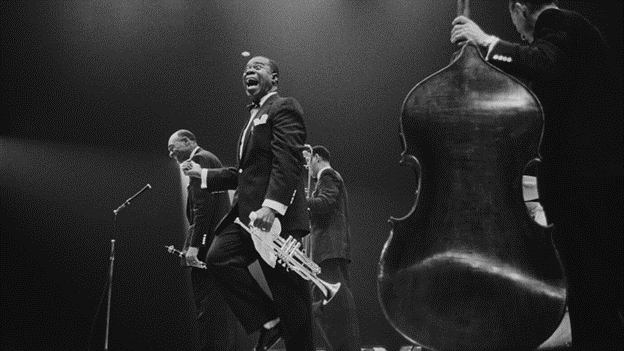By Amanda Ojeda
What characterizes “swing”? This sole question has been a popular debate among jazz enthusiasts. Scientists wanted to procure a clear cut image of how people from higher levels of musical background perceived “swing”, thus they did what any scientist would, conducted an experiment.
Physicist Theo Geisel and colleagues used a program to tweak the timing of only soloists in jazz recordings, then asked professional and semi-professional jazz musicians to rate the swing in each recording.
For some context, in music we have downbeats and offbeats, with downbeats generally being the first beat in each bar or depending on the time signature there can be more. For example in 4/4 time signatures (4 quarter notes per bar) the first and third beats are the downbeats, with the first beat being the most accented in the melody.
One result the study yielded was musicians being 7.5 times more likely to label a song as swing if their downbeats were minutely delayed as opposed to the offbeats. Many musicians could not point out what was causing this difference, which may relate to their training resulting in doing this technique unconsciously.
To follow up, Geisel and his team analyzed 456 jazz performances and found that almost all solo artists utlized the technique of downbeat delays to achieve swing. The delay is very miniscule at an average of 30 milliseconds, but the effects are all telling in the final result. This average is across a stud of many jazz subgenres, but generally the faster the tempo the more miniscule the delay becomes.
Geisel had a great time investigating the technical root of swing, so much so that he plans to embark on a new study about “laid back playing” which uses both delays in offbeats and downbeats to influence swing.

